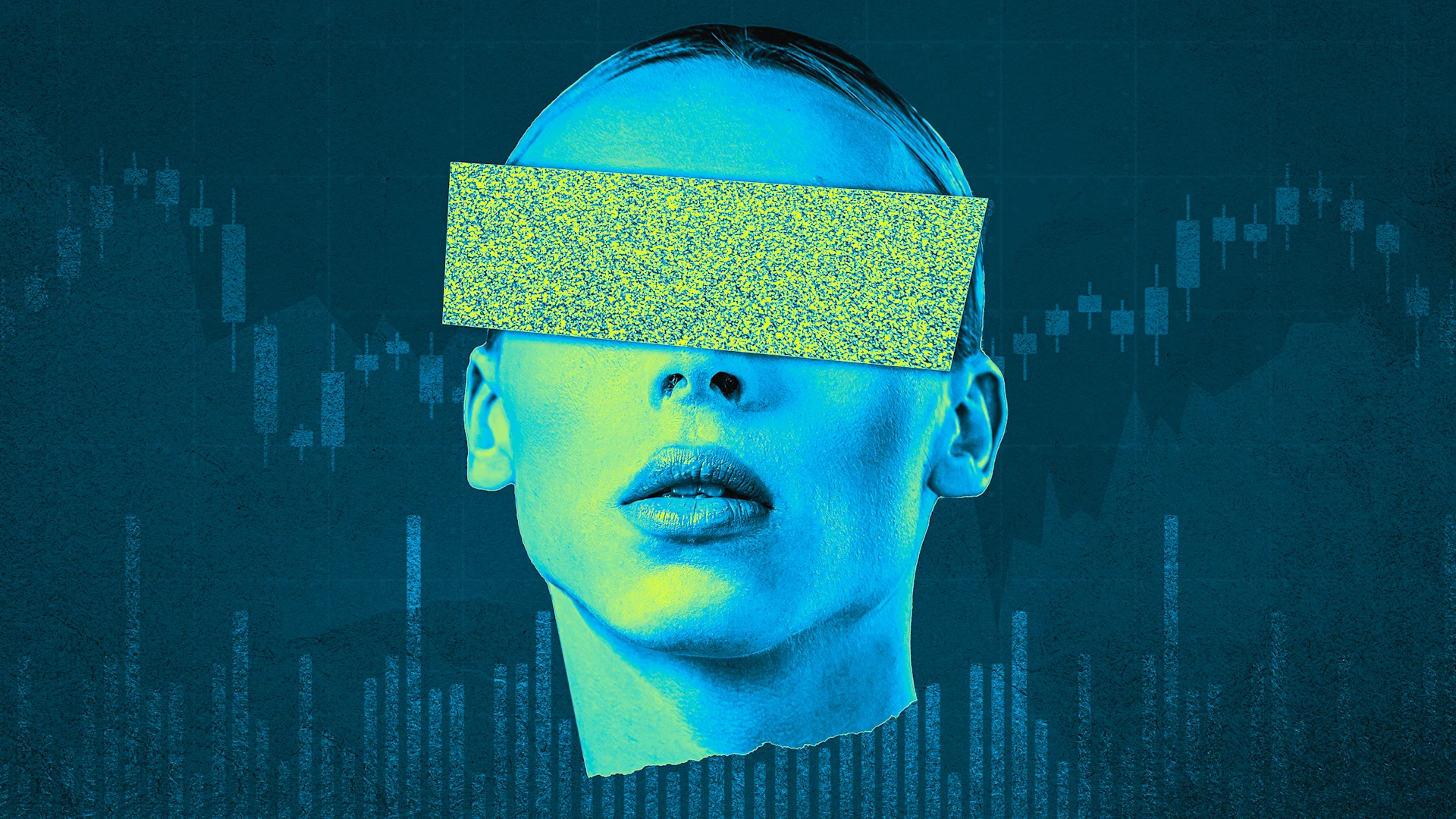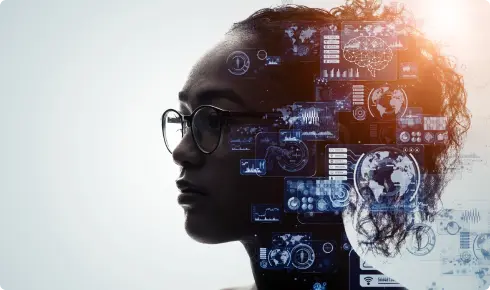A call to action on how individuals, leaders, and governments can respond to AI-driven job disruption and anxiety.
KEY POINTS
- The threat of AI job loss is a psychological crisis, not just an economic one—driven by fear of lost purpose.
- Machines don’t buy—people do. Displace too many, too fast, and we erode our own markets.
- A generation locked out of meaningful work isn’t just an economic liability—it’s a geopolitical risk.
According to Anthropic’s CEO Dario Amodei, half of all entry-level white-collar jobs could vanish within five years. For millions—especially those just entering the workforce—the first rung of the economic ladder is slipping away beneath them.
This isn’t just an employment crisis. It’s a psychological one as well. People are waking up to a world in which their role, their relevance, and their future all feel uncertain.
But here’s what I’ve learned from decades of leading innovation and watching transformation unfold across industries and governments:
When the ground shifts beneath us, the worst thing we can do is freeze.
Now is the time for individuals, business leaders, and policymakers to act. What we’re facing right now are not just ripples but waves of change. And if we don’t respond wisely, those waves could become a tsunami.
Even in the most optimistic scenario—one in which AI increases productivityand creates new kinds of work—the disruption will be enormous. If millions of low-skilled workplace roles are replaced by high-skilled alternatives, we risk abandoning an unqualified generation to long-term unemployment, economic marginalization, and social unrest.
This isn’t just theory. Western nations are still carrying the social and political scars from the collapse of their manufacturing industries. We can’t afford for this history to repeat itself, only this time at digital speed and on a global scale.
What we need is an aggressive, coordinated response by individuals, businesses, and governments.
1. What Should Individuals Do?
If you’re feeling anxious about AI and the future of work, you’re not alone. And you’re not paranoid either. The potential consequences are very real.
The question isn’t whether change is coming. It’s how you meet it.
Start here:
- Name what you’re feeling.
This is more than job anxiety—it’s anticipatory grief. You are grieving for futures you thought were within reach. That’s real and it’s essential to honor it. But don’t let that feeling become a prison. - Focus on what can’t be automated.
AI may be good at pattern recognition. But only you can build trust, navigate complexity with compassion, or make meaning out of chaos. That’s your edge. - Upskill, but stay grounded.
Don’t chase shiny tools or the next big platform. Invest in learning that reflects your purpose and your power to contribute meaningfully—whether that’s emotional intelligence, ethical oversight, systems thinking, or cross-disciplinary problem-solving. - Let go of the ladder. Build your own path.
Traditional careers were designed for stability, not evolution. Whether we like it or not, we’ve moved past this era. Looking ahead, we need to think in terms of portfolio careers, personal reinvention, and freedom through fluidity. - Stay connected.
The future is relational, not transactional. Surround yourself with people who share your values and are willing to reimagine the world together.
2. What Should Business Leaders Do?
I’ve worked with countless C-suites, and I’ve seen what happens when leaders chase transformation without anchoring it in values.
AI may deliver efficiencies, but if those efficiencies come at the cost of the market as a whole, what have we really gained?
Machines don’t buy what we sell. People do. And when we displace too many too quickly, we risk eroding the very markets we depend on.
Here’s what responsible leadership looks like:
- Design for dignity.
Don’t just ask what can be automated—ask who benefits, who’s left behind, and what new forms of contribution are possible. - Rebuild the on-ramp.
Entry-level jobs are how people learn to lead. If those are disappearing, we need to create new developmental roles that blend practical human judgment with AI fluency. - Invest in human potential, not just digital transformation.
Technical skills are necessary but insufficient. The real differentiator is people who can think holistically, act ethically, and learn endlessly. - Speak honestly. Create safety.
Transformation brings uncertainty. Normalize it. Talk about it. And build cultures where people see a lack of predictability as a catalyst for growth, not a source of fear. - Think long-term. Think systemically.
If your AI strategy undermines your consumer base or your workforce’s resilience, it’s not a strategy. It’s short-termism dressed up as disruption.
3. What Should Government Do?
Too many governments are watching the AI transition unfold like passive observers. But this isn’t a future problem—it’s something we need to deal with now. And the stakes couldn’t be higher.
A generation locked out of meaningful work isn’t just an economic liability—it’s a geopolitical risk.
We need public institutions to do what only they can: set guardrails, invest in people, and preserve the social fabric that holds democracy together.
This is what’s required:
- Declare an AI transition emergency.
Don’t wait for the data to catch up to the disruption. Launch bold, national-scale initiatives that combine education, upskilling, and job placements. - Modernize the safety net.
The old model doesn’t work when careers are nonlinear and job disruption is constant. Explore portable benefits, universal basic income pilots, and worker transition supports. - Hold AI accountable.
Require transparency, fairness, and impact reviews for any public- or private-sector AI tool that affects employment, justice, or opportunity. - Fund human-first innovation.
Back ventures and programs that drive inclusion, emotional well-being, and dignified employment—not just automation. - Tell better stories.
Narratives matter. People need to believe in the future again. Invest in public messaging, civic education, and hope. Despair is contagious, but so is possibility.
This Is a Test of Both Leadership and Humanity
The suggestions above are not meant as an attack on AI. In my recent book TRANSCEND: Unlocking Humanity in the Age of AI, I discuss at length the various ways this technology can and should be put to use at the individual, business, and government levels. But the attitude we take toward this implementation is just as important as the gains we make.
We are at a critical turning point. If we choose to automate without reflection, optimize without empathy, and innovate without responsibility, we will build a future that’s efficient—but inhuman.
But if we act now—with courage, foresight, and care—we can still build a world in which technology expands our humanity rather than erases it.
So the question is no longer, “Can AI do the work?” We know the answer to that. It’s, “Who do we want to be in an AI-powered world?”
References
The Economic Case for Saving Human Jobs. Faisal Hoque, Fast Company, 04-24-2025
Navigating Radical Change. Faisal Hoque, Psychology Today, 04-22-2025
When It Comes to AI, Innovation Isn’t Enough. Faisal Hoque, Fast Company, 02-12-2025
From Code to Compassion: Designing AI With Empathy. Faisal Hoque, Psychology Today, 05-27-2025
[Photo: G-Stock Studio/Shutterstock]
Original article @ Psychology Today.
















